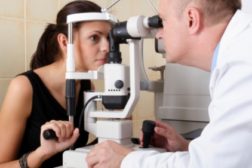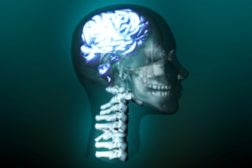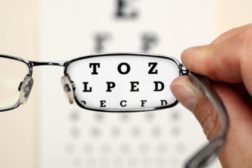Workplace Health
Higher earners more likely to have paid sick leave
Data shows more than 41 million U.S. workers lack access
March 10, 2014
Harmful ads more common in lower-income neighborhoods
Researchers say that may be harming health
March 7, 2014
Never miss the latest news and trends driving the safety industry
eNewsletter | Website | eMagazine
JOIN TODAYCopyright ©2024. All Rights Reserved BNP Media.
Design, CMS, Hosting & Web Development :: ePublishing









